More than just being lovely to look at and listen to, birds are beneficial to have around, especially when it comes to pesky insects.
Birds provide immense pleasure with their tranquil melodies and pleasing plumage. Just peer out your kitchen window or wander through your garden from time to time and you’ll hear — and see — what I mean.
On a more practical note, birds benefit us by eliminating potentially harmful insects and caterpillars. According to the Garden Club of America:
- A house wren feeds 500 insects to its young every summer afternoon.
- A swallow can devour 1,000 insects every 12 hours.
- A Baltimore oriole can consume approximately 17 caterpillars per minute.
What’s more, five percent of the food we consume is pollinated by hummingbirds.
So, how can we encourage these beautiful helpers to hang around? By always remembering these three things: food, cover and water.
Food – Keep a wide variety of seed, nectar, and berry producing plants in your garden.
| Seed | ||
 |
 |
 |
| Agarita | Coneflower | Daisy |
 |
 |
 |
| Lantana | Muhly Grass | Sunflower |
 |
||
| Sumac | ||
| Nectar | ||
 |
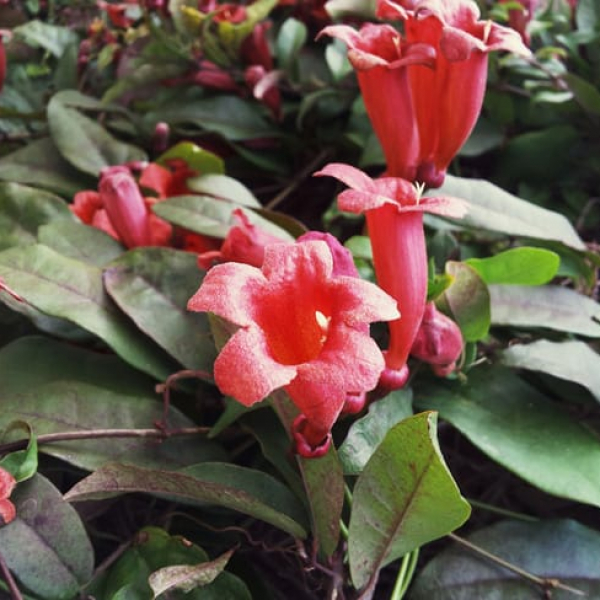 |
 |
| Angel’s Trumpet | Crossvine | Esperanza |
 |
 |
 |
| Firebush | Penta | Red Yucca |
| Berry | ||
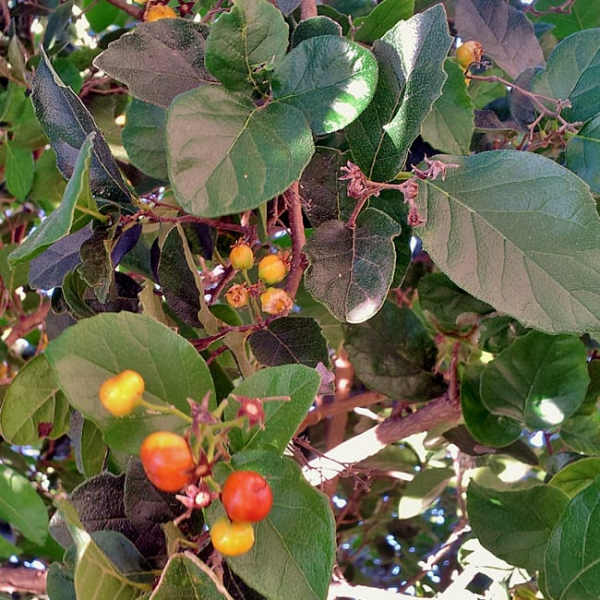 |
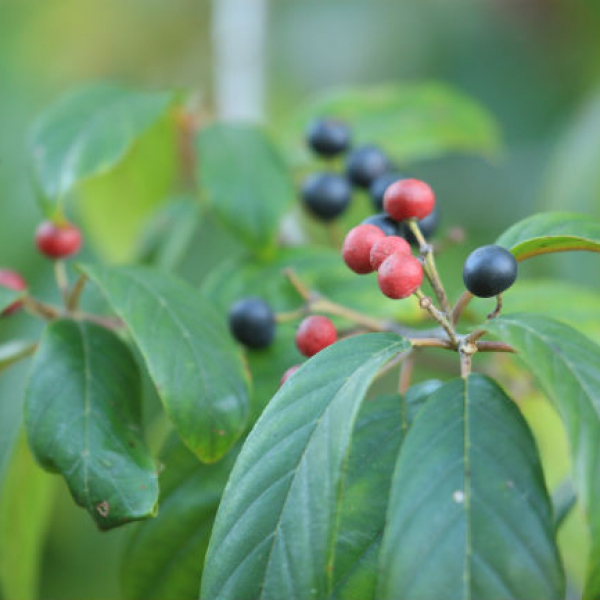 |
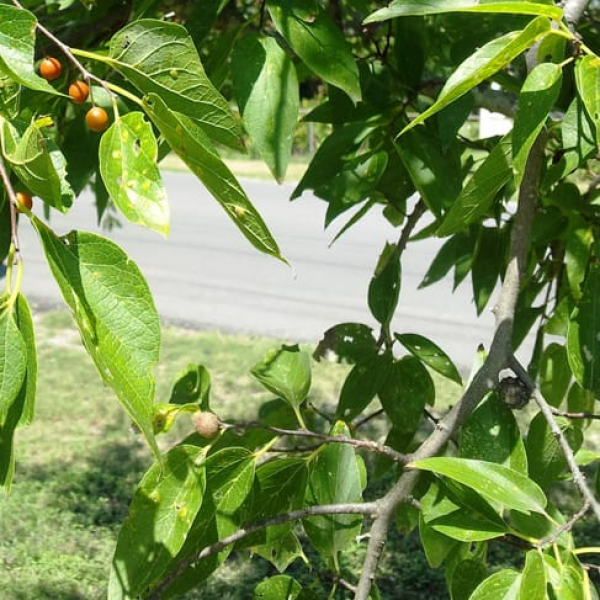 |
| Anaqua | Carolina Buckthorn | Hackberry |
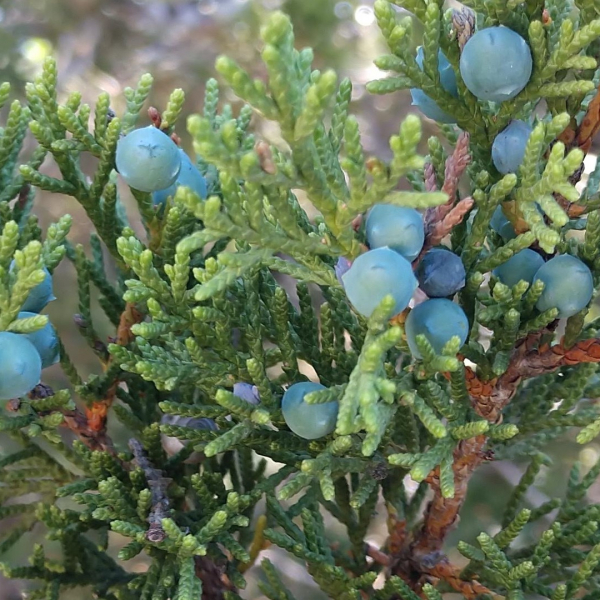 |
 |
 |
| Juniper | Mahonia | Pigeon Berry |
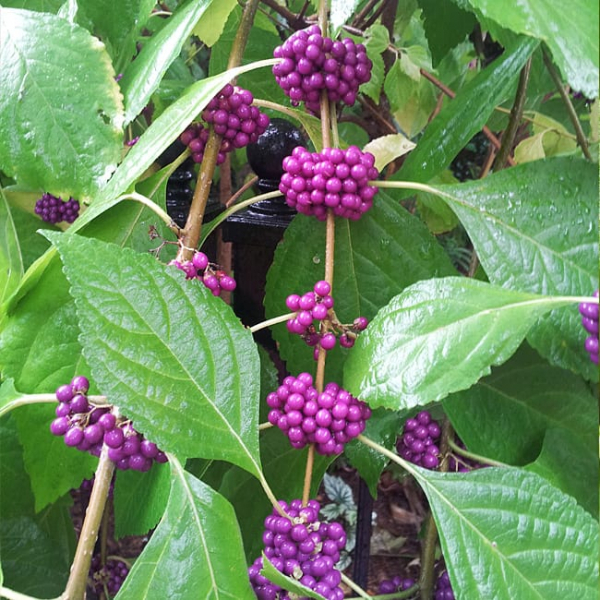 |
||
| Yaupon | ||
Cover – Provide the necessary protection for hiding, resting and breeding. Layers of vegetation, such as a combination of canopy trees, understory trees and shrubs, and ground vegetation offer the best cover.
| Trees | ||
 |
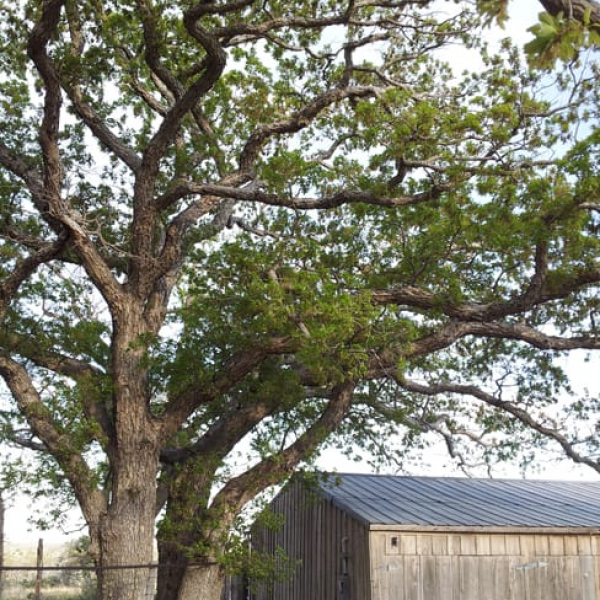 |
 |
| Arizona Cypress | Chinquapin Oak | Cedar Elm |
 |
 |
 |
| Hackberry | Monterrey Oak | Pecan |
| Understory Trees and Shrubs | ||
 |
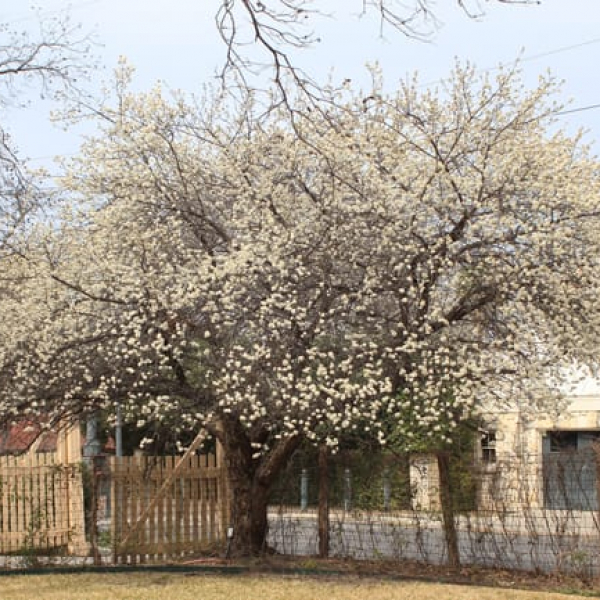 |
 |
| Carolina Buckthorn | Mexican Plum | Spiny Hackberry |
 |
 |
 |
| Sumacs | Texas Sophora | White Brush |
| Ground Vegetation | ||
 |
 |
 |
| Greenbriar | Lantana | Ornamental grasses — muhly, fountain, and feather |
 |
 |
 |
| Pigeon Berry | Red Yucca | Soft Leaf Yucca |
Water – Fresh or moving water is best for wildlife, especially birds.
- A bird bath half filled with flat rocks is ideal for birds. Change the water twice a week. Absolutely no vegetation within three feet of the base.
- A slow, persistent drip from a faucet or hose onto a shallow rock or pan works well. Of course, it must be a very slow drip or that monthly bill from SAWS will surely increase.
- A child’s pool sunk halfway into the ground and surrounded by river rock or larger and then filled with flat rocks of various sizes produces a water source that will benefit all wildlife. Potted pond plants and dragonflies are perfect additions to any water source.


